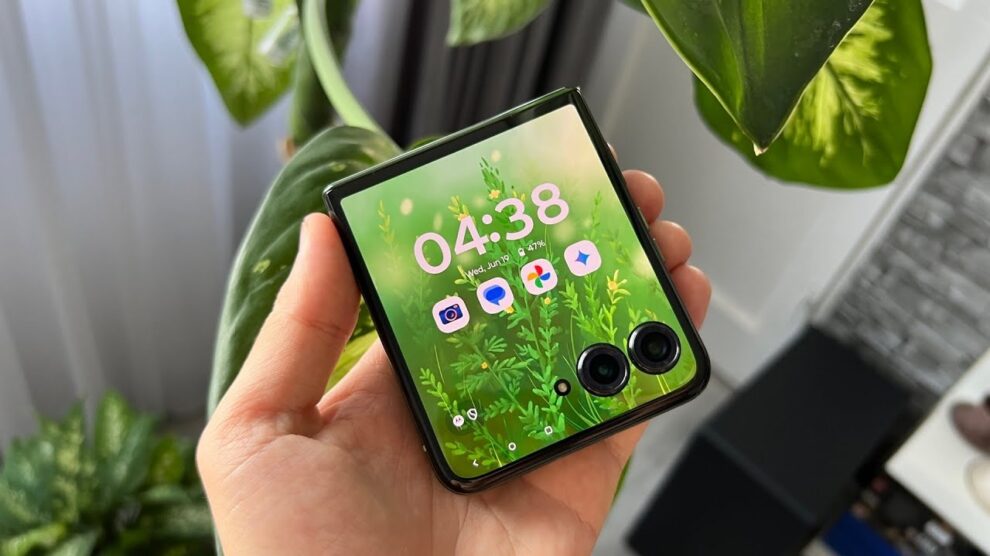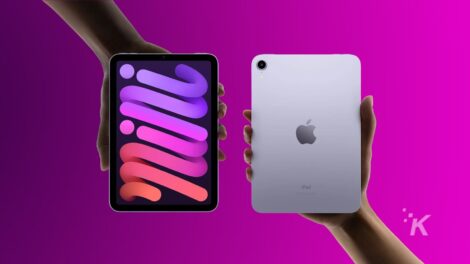
Key Improvements and Their Implications
Larger and Brighter Cover Screen
- Enhanced Usability: The improved cover screen significantly expands the phone’s functionality without unfolding, potentially reducing wear on the main folding mechanism.
- Competitive Edge: This feature directly competes with Samsung’s Galaxy Z Flip series, which has also been expanding its cover screen capabilities.
- Battery Life Considerations: While useful, a larger, brighter screen could contribute to battery drain concerns.
Camera System Upgrade
- Quality Over Novelty: The move from an under-display camera to a conventional system prioritizes image quality, reflecting user preferences for better photos over cutting-edge (but potentially compromised) technology.
- Low-Light Performance: Improved low-light capabilities address a common pain point in mobile photography, especially important given the popularity of social media sharing.
- Missing Ultrawide: The absence of an ultrawide lens could be a strategic decision to differentiate from higher-end models or a cost-saving measure.
Performance Enhancements
- Snapdragon 8s Gen 3: This chipset choice balances performance with power efficiency, crucial for addressing battery life concerns in a compact foldable design.
- Gaming Potential: Smooth performance in gaming could open up new use cases for foldable phones, potentially attracting a broader audience.
Persistent Challenges in Foldable Design
Battery Life Constraints
- Physical Limitations: The compact folding design inherently limits battery size, a common issue across foldable phones.
- User Expectations: As foldables become more mainstream, users increasingly expect battery life on par with traditional smartphones.
- Faster Charging as a Stopgap: While not solving the core issue, faster charging helps mitigate battery life concerns to some extent.
Price Point Considerations
- Premium Positioning: The $999 price tag places the Razr Plus (2024) firmly in the premium segment, competing with high-end non-folding flagships.
- Value Proposition: Motorola must convince consumers that the unique form factor and features justify the price, especially given some trade-offs compared to traditional flagships.
- Market Maturity: As the foldable market grows, pressure may increase to bring prices down or offer more features at this price point.
The Evolving Foldable Landscape
The Razr Plus (2024) enters a market that’s becoming increasingly competitive:
- Samsung’s Dominance: The Galaxy Z Flip series remains the benchmark in this form factor, putting pressure on Motorola to differentiate.
- Emerging Competitors: Companies like Oppo and Huawei are also entering the foldable space, potentially driving innovation and price competition.
- Consumer Adoption: As foldables become more common, user expectations and use cases are evolving, influencing future design decisions.
Future Implications and Potential Developments
Looking ahead, the Razr Plus (2024) hints at several trends in foldable technology:
- Cover Screen Importance: We may see further expansion and innovation in cover screen functionality across the industry.
- Battery technology: Advancements in battery tech will be crucial for addressing the persistent challenge of power management in compact foldables.
- Camera Innovation: Finding ways to incorporate more versatile camera systems without compromising the foldable design will likely be a focus.
- Software Optimization: Continued refinement of software to take advantage of the unique form factor could enhance the value proposition of foldables.
Conclusion: A Step Forward, with Room for Growth
The Motorola Razr Plus (2024) represents a significant improvement over its predecessor, addressing key user concerns and enhancing the overall experience. Its larger cover screen and improved camera system, in particular, demonstrate Motorola’s responsiveness to user feedback and market trends.
However, the persistent challenges of battery life and price point highlight the ongoing evolution of foldable technology. As the market matures, manufacturers like Motorola will need to continue innovating to address these issues and further distinguish foldables from traditional smartphones.
For consumers, the Razr Plus (2024) offers a compelling option in the foldable space, especially for those attracted to the nostalgic Razr brand and the unique form factor. However, potential buyers will need to weigh the benefits of the foldable design against some compromises in battery life and camera versatility compared to non-folding flagships.
As foldable technology continues to evolve, devices like the Razr Plus (2024) play a crucial role in shaping user expectations and driving innovation in the mobile industry. The success and reception of this device will likely influence not only Motorola’s future offerings but also the broader direction of foldable smartphone development.










Add Comment